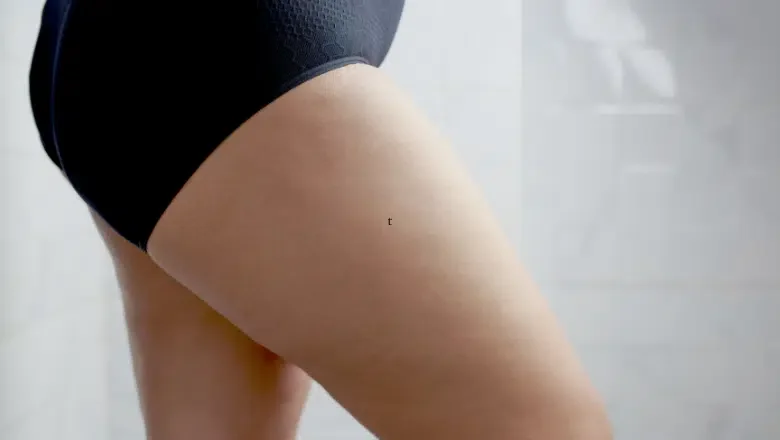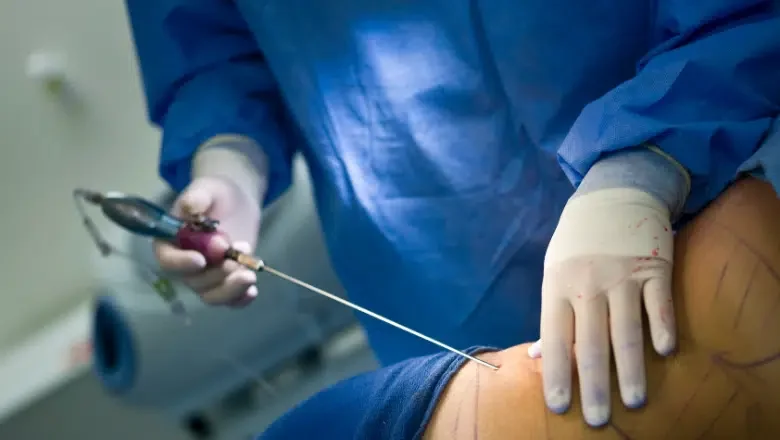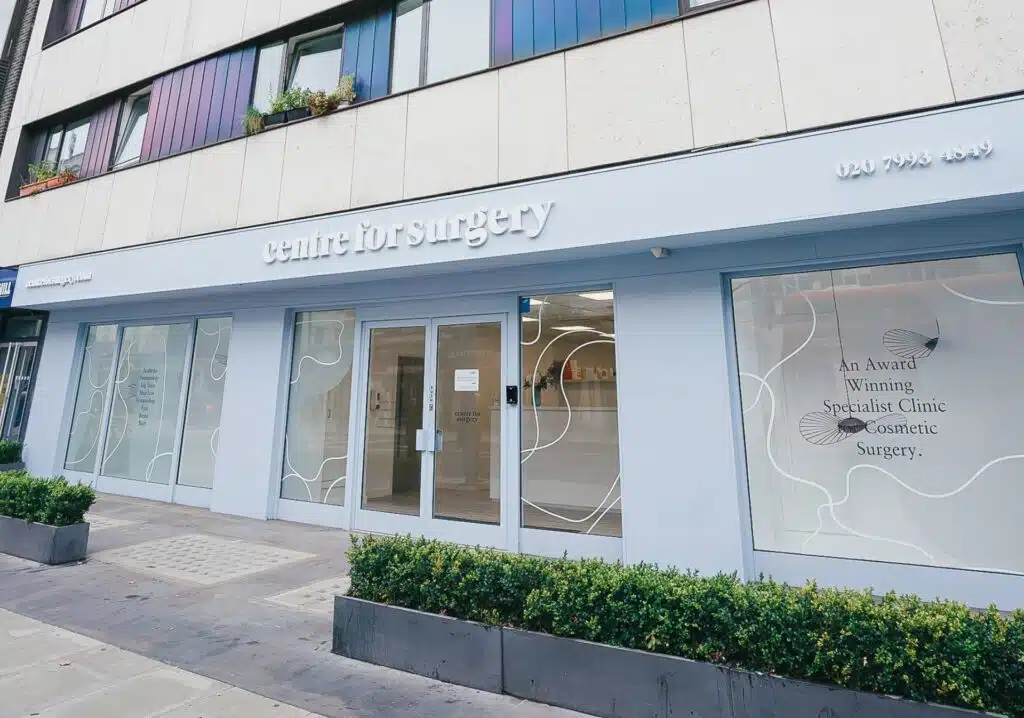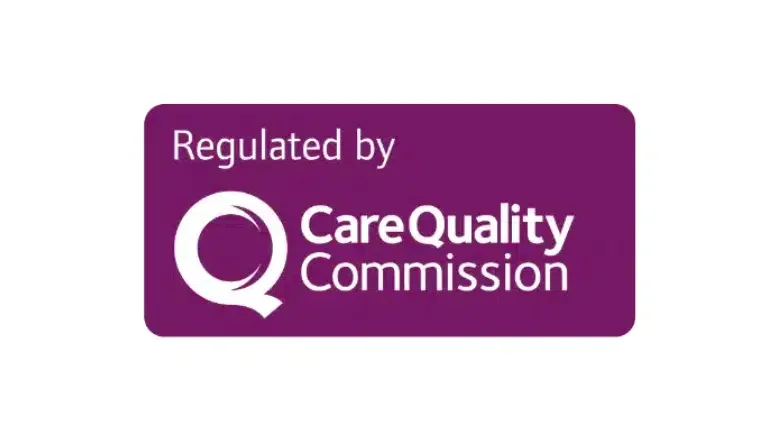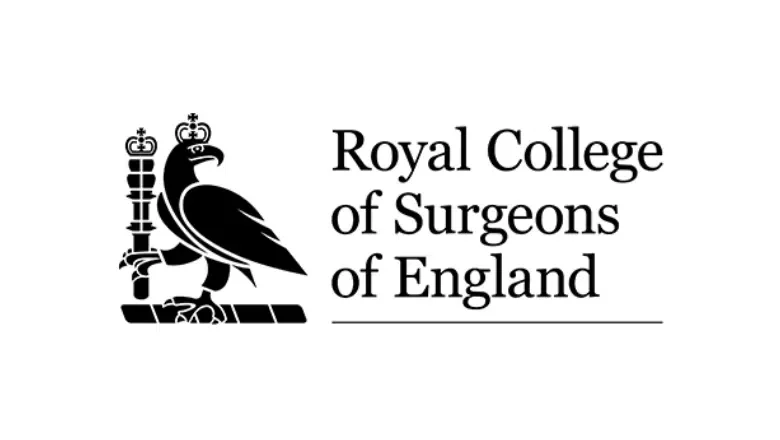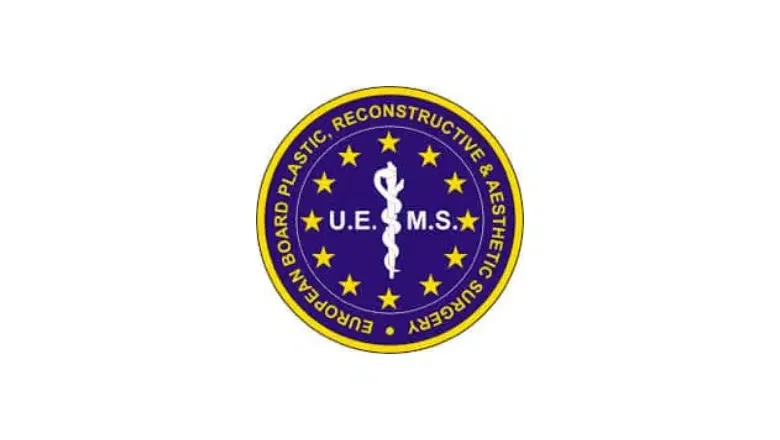Many people worry about having too much fat on their thighs because it can change the way their whole body looks. The bad news is you can’t just lose fat from one area, like your thighs, by doing certain exercises. However, the good news is that you can still make a difference by living healthily and focusing on exercises that work on your leg muscles.
The best approach to slim down your thighs involves eating a well-rounded diet that’s full of foods that are good for you. A balanced diet can help you lose weight by creating what’s known as an ‘energy deficit.’ This simply means that you’re using up more energy than you’re taking in, which leads to weight loss and less fat on your thighs. To help you do this, consider adding the following foods to your meals:
- Low-fat milk, yoghurt, and cheese
- Meat that’s low in fat, like chicken or turkey
- Fish, which is good for your overall health
- Beans and lentils, which are rich in protein but low in fat
- Wholemeal bread and brown rice instead of white versions
By eating these foods and maintaining a healthy lifestyle, you’ll have a better chance of reducing the fat on your thighs and getting the toned legs you’re after.
Understanding the Basics of Thigh Fat and What Causes It
When we talk about thigh fat, we’re mainly discussing the buildup of excess fat known as subcutaneous fat, which sits just below the skin’s surface. You can usually feel this layer of fat by pinching your skin between your fingers. This type of fat can gather on both the inside and outside of your thighs, making them appear less toned.
Why does thigh fat accumulate in the first place? Well, the simple answer is that your body stores extra energy as fat when you consume more calories than you burn off. In other words, if you eat more than your body needs for its daily activities, the surplus gets stored as fat.
Why the thighs, though? The thighs, especially the inner thighs, are more prone to storing fat due to a combination of factors. These can include your genetics, hormonal changes, and even your overall body composition. Some people are just naturally predisposed to store fat in this area.
What lifestyle choices contribute to thigh fat? A lifestyle that lacks physical activity is a big culprit. If you’re not moving much and spend a lot of time sitting, you’re less likely to burn off those extra calories. Additionally, a diet high in calories, particularly one rich in unhealthy fats, can also contribute to fat accumulation on your thighs.
So, what can you do about it? The key to reducing thigh fat is a combination of regular exercise aimed at your lower body and a balanced, healthy diet. This not only targets the thigh area but also helps you reduce overall body fat, leading to a more toned and balanced appearance.
What Causes Fat to Accumulate in the Inner Thighs
Understanding what leads to inner thigh fat can help you manage your weight and improve your overall body shape more effectively. There are a few key factors to consider:
Genetics
Your genes have a big say in how your body stores fat, including in your thighs. Some people are genetically more inclined to accumulate fat in their thigh region, both on the inside and outside. Unfortunately, even if you live a healthy lifestyle, your genetics may still make you more susceptible to storing fat in this specific area.
Hormonal Changes
Hormones like estrogen and progesterone play a role in fat storage, and they can influence where your body decides to deposit fat. During significant life events like puberty, pregnancy, and menopause, fluctuations in these hormones can lead to increased fat storage in the thighs. Other hormonal conditions, like polycystic ovary syndrome (PCOS), can also contribute to this. If you suspect hormonal imbalances are affecting your weight, it’s advisable to consult a healthcare professional for guidance.
Sedentary Lifestyle
If you spend a lot of time sitting and engage in little to no physical activity, you are more likely to gain weight, including in your thighs. Lack of exercise means your body burns fewer calories, and any excess energy gets stored as fat. Regular physical activity can help you avoid this, keeping your metabolism active and reducing the likelihood of thigh fat accumulation.
It’s worth noting that while these are common factors contributing to inner thigh fat, they aren’t the only ones. Each person’s body is different, and multiple factors can interact to affect weight and body composition. For personalised advice tailored to your situation, consulting with a specialist plastic surgeon at Centre for Surgery can offer you expert guidance and support.
Lifestyle Changes for Long-Term Reduction of Thigh Fat
Reducing thigh fat isn’t just about doing leg exercises or cutting calories; it’s about making comprehensive lifestyle changes for long-lasting impact. These changes help not only in slimming down your thighs but also in boosting your overall health. Here’s how you can go about it:
Healthy Diet
Eating a balanced diet rich in fruits, vegetables, lean proteins, and whole grains is crucial. Not only does this provide your body with the nutrients it needs, but it also helps create an energy deficit which leads to weight loss and fat reduction in the thighs.
Regular Exercise
A well-rounded exercise routine that includes cardio, strength training, and targeted leg exercises can help in reducing thigh fat. Consistency is key, so make it a habit to exercise regularly.
Adequate Sleep
Getting enough restful sleep is crucial for weight loss and overall well-being. Lack of sleep can disrupt your metabolism and lead to weight gain, including in the thigh area.
Stress Management
High stress levels can lead to emotional eating and weight gain. Practices such as mindfulness, yoga, or even just taking a few minutes to breathe deeply can help in reducing stress.
Hydration
Drinking enough water is vital for weight loss and general health. It aids in digestion, keeps your skin looking good, and can even help control hunger, making you less likely to snack on unhealthy foods.
Limiting Alcohol
Excessive alcohol consumption can add unnecessary calories to your diet and interfere with your metabolism. Limiting your intake can be beneficial in your efforts to reduce thigh fat.
Diet: How to Follow a Healthy Eating Plan for Reducing Thigh Fat
If you aim to reduce thigh fat, focusing on your diet is important. Consuming certain foods like processed snacks, sugary beverages, and unhealthy fats can lead to weight gain, including in the thigh area, because these foods are high in calories and lack nutritional value.
A balanced diet is key to losing thigh fat effectively. When you eat a well-rounded diet, you help your body create a calorie deficit. This means you consume fewer calories than your body needs to function, encouraging your body to burn stored fat for energy instead.
Here are some healthy eating habits you can adopt:
Practise Portion Control
One of the easiest ways to consume fewer calories is to be mindful of your portion sizes. Eating smaller portions can help you reduce calorie intake without having to give up the foods you love.
Choose Nutrient-Dense Foods
Opt for foods that are rich in nutrients but low in calories, like fruits, vegetables, lean proteins, and whole grains. These foods can help you feel full longer and provide your body with essential nutrients.
Pay Attention to Hunger and Fullness Cues
Learn to listen to your body. Eat when you’re hungry and stop when you’re full. This helps prevent overeating and makes you more conscious of what you’re putting into your body.
Slow Down While Eating
Taking time to eat slowly and enjoy each bite can make meals more satisfying and can also give your body time to register fullness, helping to prevent overeating.
Stay Hydrated
Drinking plenty of water can help with weight loss. Sometimes we mistake thirst for hunger, so staying hydrated can also prevent unnecessary snacking.
Exercise: Strategies for Focusing on Thigh Fat
If you’re looking to slim down your thighs, regular exercise is crucial. While you can’t specifically target fat loss in the thighs alone—known as spot reduction—you can perform exercises that focus on toning the thigh muscles, which helps in achieving a more sculpted look.
Exercises Specifically for Thigh Muscles:
Squats: Great for targeting the quadriceps, hamstrings, and glutes. Lunges: Excellent for working the entire leg, including the inner and outer thighs. Leg Presses: Effective for engaging the quadriceps, hamstrings, and glutes. Inner Thigh Lifts: Target the adductor muscles in the inner thighs. Importance of Strength Training:
Strength training exercises like squats and lunges are key to building muscle, which in turn helps to boost your metabolism. A faster metabolism can aid in burning fat more efficiently. It’s beneficial to consult a personal trainer who can guide you through the correct form and help you tailor a workout plan that suits your needs.
The Role of Consistency:
Consistency is crucial for achieving long-lasting results. Regularly exercising and incrementally increasing the intensity of your workouts can make a significant difference. This principle is known as progressive overload, where you continually challenge your muscles by either increasing the weight you lift or the number of repetitions you perform.
Listening to Your Body:
It’s also important to listen to your body. While it’s good to push yourself, knowing when to rest is equally important. Proper rest and recovery are essential for muscle growth and avoiding injuries.
Exercise: Strategies for Inner Thigh Fat Loss
Reducing inner thigh fat is a concern for many, but it’s essential to remember that you can’t target fat loss in just one area through exercise. However, you can work on toning the muscles in your inner thighs to give them a more sculpted appearance. Along with this, you can implement cardio exercises and a balanced diet for overall fat loss.
Effective Exercises for Inner Thigh Toning:
- Inner Thigh Lifts: These specifically target the adductor muscles in your inner thighs, helping to tone and firm the area.
- Sumo Squats: A variation of the traditional squat, sumo squats place more emphasis on the inner thigh muscles.
- Side Lunges: These work multiple muscle groups including your inner thighs, and they’re great for building strength and tone.
- The Importance of Cardio: Cardiovascular exercises like jogging, cycling, or swimming are essential for burning calories and reducing overall body fat. These activities, when combined with targeted inner thigh exercises, can help you achieve a more toned and sculpted look.
Diet and Calorie Deficit:
Achieving a calorie deficit through a balanced diet is crucial for any fat loss, including in the inner thighs. Eating fewer calories than you burn will force your body to use stored fat for energy. When this is combined with exercise, you’ll be more likely to see improvements in your inner thigh area.
Surgical Options for Addressing Thigh Fat: A Comprehensive Guide
Liposuction for Thigh Fat Removal
Liposuction is one of the most commonly sought-after surgical treatments for removing thigh fat. Thigh liposuction specifically targets and removes localised fat deposits from designated areas, including the thighs. During the process, the surgeon creates small incisions in the areas of concern around the thighs. A slim, hollow tube known as a cannula is then introduced through these incisions to extract the surplus fat.
The surgeon skillfully manoeuvres the cannula to delicately sculpt the thighs, thereby generating a more balanced and aesthetically pleasing form. The surgery can be finely tuned to tackle specific problem areas, whether it’s removing fat from the inner thighs, outer thighs, or the upper regions of the thighs, depending on what the patient’s objectives and needs are.
Post-Liposuction Recovery
In the aftermath of the procedure, patients generally encounter some level of swelling, bruising, and discomfort within the operated areas. Compression garments are typically recommended to assist in the healing process and to alleviate swelling. The time required for recovery can vary among individuals. Still, most can resume light activities within a few days and can expect to return to their regular routines within several weeks. Sustaining a stable weight along with adopting a healthy lifestyle comprised of a balanced diet and regular exercise is fundamental for achieving enduring results and superior body contouring.
Thigh Lift Surgery: An Alternative Option
Also known as thighplasty, thigh lift surgery offers another surgical solution geared towards tackling excessive thigh fat and sagging skin. This type of surgery is especially advantageous for those who have experienced considerable weight loss or possess loose, drooping skin due to the natural ageing process or genetic predispositions. The goal is to recontour and reshape the thighs to present a more toned and proportionate appearance.
Who Are Ideal Candidates for Thigh Lift Surgery?
Suitable candidates for this surgical option are generally in good overall health, maintain a stable weight, and have realistic anticipations regarding the outcomes of the procedure. This surgery is often advocated for individuals who possess an excess of skin on their thighs that cannot be managed through diet and exercise alone.
The Procedure for Thigh Lift Surgery
In a typical thigh lift, an incision is fashioned within the inner thigh region. This allows the plastic surgeon to excise both fat and excess skin. The residual skin is then drawn tight and sutured, resulting in a smoother, more toned thigh silhouette. The specific surgical technique can differ based on an individual’s unique requirements and the surgeon’s preferred approach.
RELATED: Thigh Lift (Thigh Reduction) Before & After Photos
Post-Thigh Lift Recovery
The recovery phase after thigh lift typically necessitates a brief period of rest coupled with restrictions on physical activities. Patients may encounter swelling, bruising, and some discomfort, manageable with prescribed pain relievers and the strategic use of compression garments. Adhering to the post-operative guidelines provided by the surgeon and attending all follow-up consultations is critical for minimising potential risks.
RELATED: Thigh Lift FAQs – Q&As about Thigh Reduction Surgery
Long-Term Results of Thigh Lift Surgery
The outcomes of a thigh lift can offer long-lasting results, and many patients express satisfaction with their newly enhanced thigh contours. However, it’s crucial to emphasise that the key to maintaining these results over an extended period lies in sustaining a healthy lifestyle. This includes committing to regular physical exercise and adhering to a balanced diet.
FAQs about Thigh Fat Removal
Can I get rid of my thigh fat with a special surgery?
Absolutely, there are surgical methods like liposuction and thigh lift surgeries designed to focus on reducing fat in the thigh area. However, it’s important to remember that these surgeries aren’t a substitute for living a healthy lifestyle. Even if you choose to go ahead with one of these procedures, you’ll still need to stick to a balanced diet and exercise regularly to maintain the results and keep your thighs (and the rest of you) looking great.
What’s the difference between liposuction and a thigh lift?
Liposuction and thigh lift surgeries serve different purposes when it comes to shaping your thighs. Liposuction is all about removing excess fat from targeted areas of your thighs. The surgeon uses a special tool to suction out fat, helping to sculpt your legs. On the other hand, a thigh lift is not just about removing fat. It also deals with excess skin, especially if you’ve had significant weight loss or have sagging skin due to ageing. In this procedure, the surgeon removes both fat and skin to give your thighs a firmer, more toned look.
Can exercise alone get rid of my thigh fat?
Exercise is a key component for reducing thigh fat, but it usually needs to be part of a broader lifestyle change that includes a balanced diet. You can’t target weight loss in just your thighs through exercise; you’ll likely lose weight or tone up all over. However, specific exercises can tone the muscles in your thighs, making them appear more sculpted.
How long does it take to see results from surgical thigh fat removal?
The timeline for seeing results can vary from one person to another, but you’ll likely notice a change immediately after the swelling goes down—which could take a few weeks. For the most significant and permanent results, it could take a few months, especially as your skin adjusts and tightens around the new contour of your thighs.
Is surgical thigh fat removal permanent?
The fat cells that are removed during liposuction or a thigh lift won’t come back. However, if you gain weight after the surgery, new fat cells could form, and you may see an increase in fat in the treated area or other parts of your body. Maintaining a stable weight through diet and exercise is crucial for long-lasting results.
Are there any risks associated with surgical procedures for thigh fat?
Like any surgical procedure, there are some risks involved, such as infection, scarring, or complications related to anaesthesia. It’s crucial to talk with a qualified surgeon about all potential risks and complications to make an informed decision. After the procedure, you’ll need to follow the surgeon’s care instructions carefully to minimise risks.
Can I combine liposuction and a thigh lift?
Yes, some people opt to have both liposuction and a thigh lift for a more comprehensive thigh makeover. Combining the two can remove excess fat and also deal with any loose or sagging skin. However, it’s important to consult with a surgeon to determine the best approach for your individual needs.
Why Choose Centre for Surgery for Your Thigh Fat Solutions?
Expertise You Can Trust
At Centre for Surgery, we pride ourselves on delivering world-class plastic surgery services. Our expert team of surgeons and healthcare professionals specialise in a range of treatments aimed at giving you the body you deserve. Whether it’s liposuction or a thigh lift, you can trust our experienced team to provide the best in medical care, from consultation to recovery.
Tailored Treatment Plans
We understand that each patient’s needs are unique, so we provide personalised treatment plans tailored to your specific needs and desired outcomes. From your initial consultation to the aftercare process, we’re dedicated to offering an end-to-end service that focuses on your well-being and satisfaction.
State-of-the-Art Facilities
Our clinic is equipped with cutting-edge technology and surgical equipment, ensuring that you receive the highest standard of care. Our facilities are designed for your comfort and safety, creating an environment conducive to successful treatment and a speedy recovery.
Exceptional Patient Care
Patient satisfaction is our top priority. Our compassionate and dedicated staff are available around the clock to offer support and address any concerns you may have. With our commitment to aftercare, you can be assured that your well-being is in trusted hands.
Patient Testimonials
Don’t just take our word for it; hear from some of our satisfied patients:
- “From the moment I walked into Centre for Surgery, I felt welcomed and supported. The procedure went smoothly, and I couldn’t be happier with the results. The care team was fantastic and helped me every step of the way.” — Sarah J.
- “Choosing Centre for Surgery was the best decision I ever made. The staff were incredibly professional, and the facilities were immaculate. My thighs have never looked better, and I have the team to thank for that!” — David W.
- “I was a bit nervous about getting surgery, but the team at Centre for Surgery made me feel comfortable and at ease. The surgeon was excellent, and the aftercare was beyond my expectations. I’m so pleased with my results.” — Emily R.
Book Your Consultation Today
Are you ready to take the next step in achieving your body goals? Contact us to book your consultation and discover the many ways we can help you feel confident and revitalised.
📞 Phone: 0207 993 4849
📧 Email: contact@centreforsurgery.com
📍 Address: 95-97 Baker Street, London W1U 6RN
Choose Centre for Surgery, and invest in the best version of yourself.

